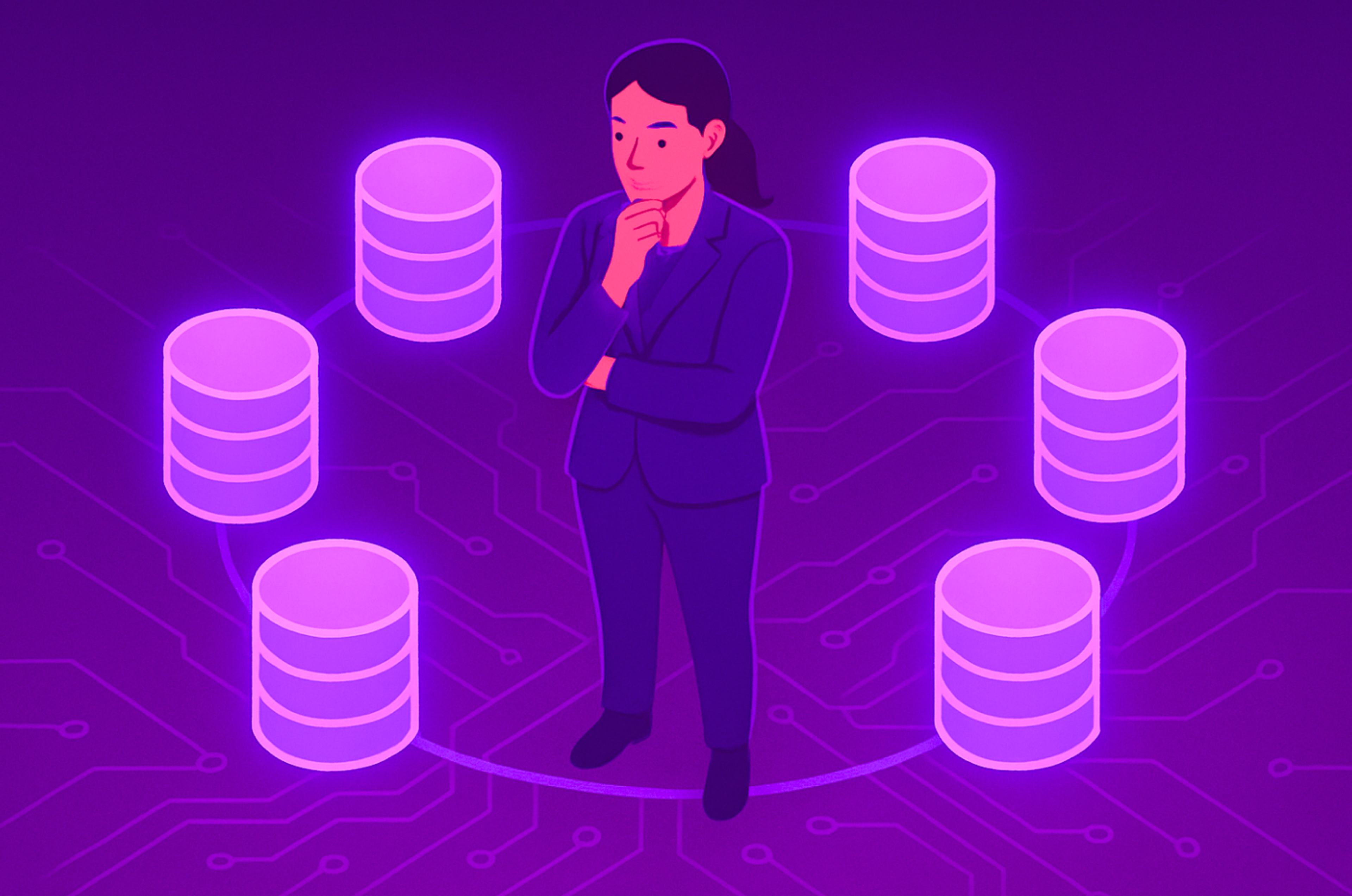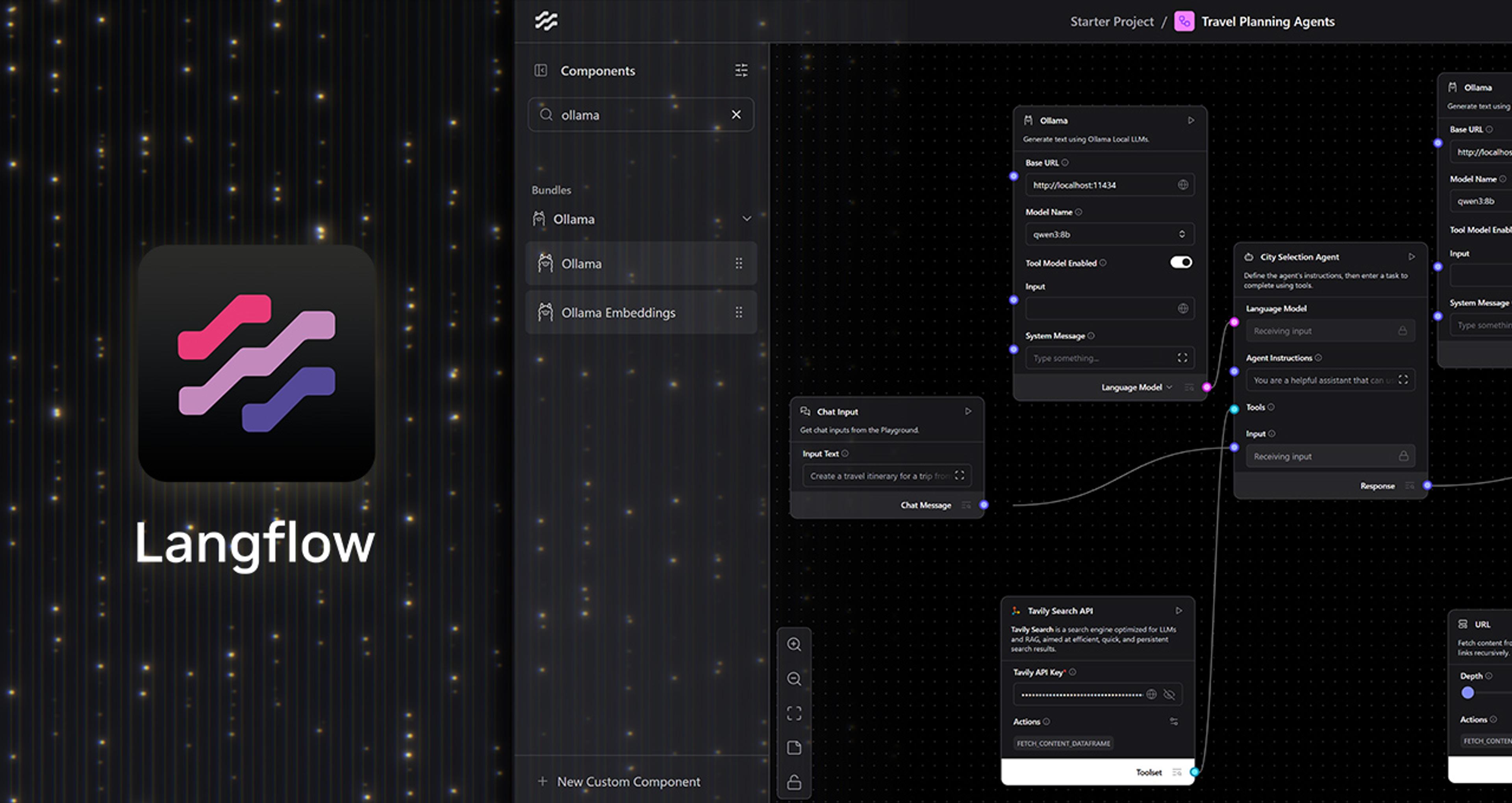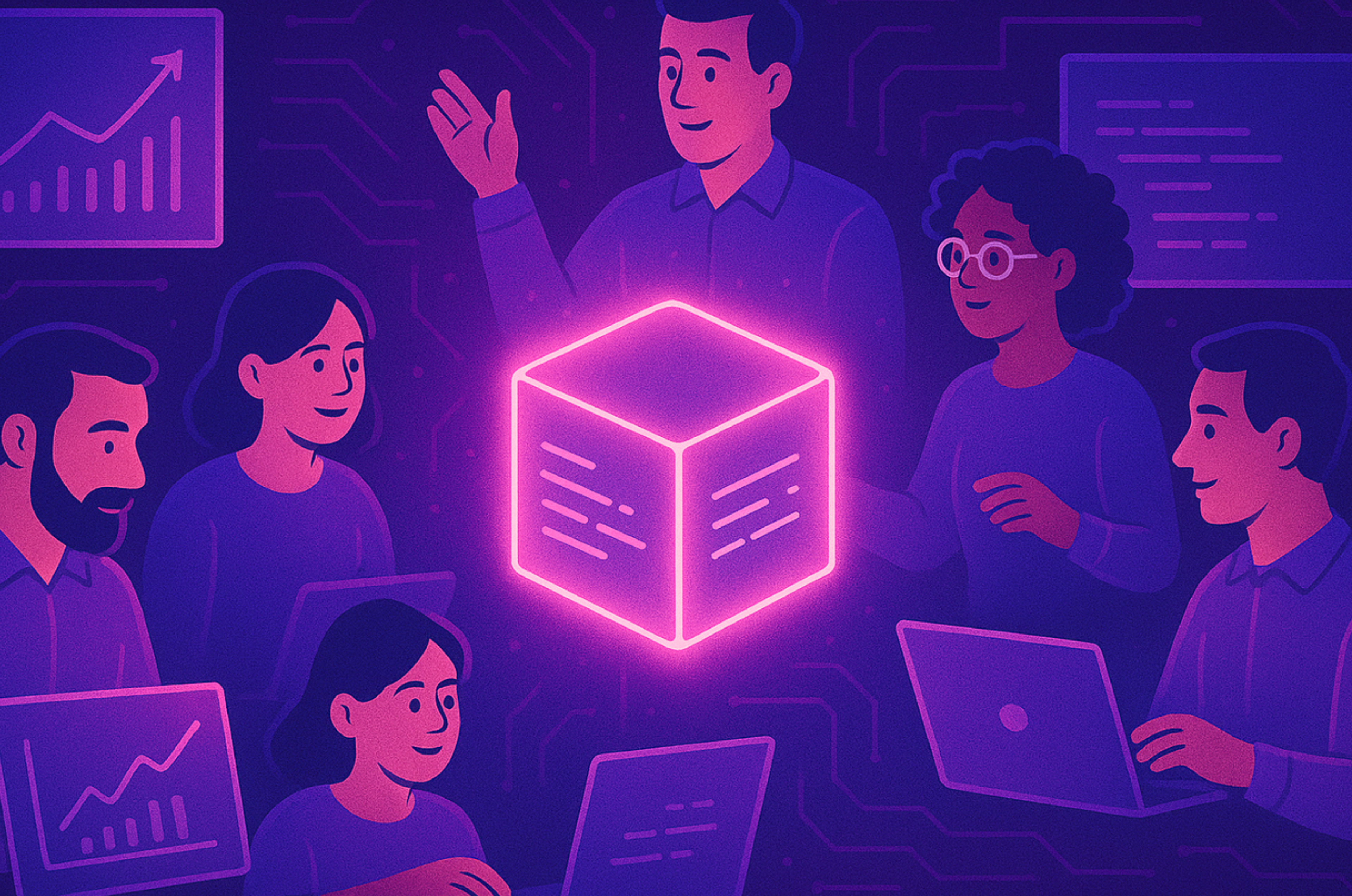Apache Cassandra® is a leader in the NoSQL space, offering a distributed, highly scalable database with zero downtime and super-fast performance. Its ability to handle vector data has made it a go-to choice for developers who need to supply critical context for their AI applications.
However, adding a new piece of infrastructure to your existing architecture can overburden systems engineers who are already struggling to keep pace with the rising demand for data. An alternative to standing up Cassandra yourself is managed Cassandra, which provides the benefits of the world's fastest and most reliable NoSQL database system with minimal maintenance overhead.
In this post, we'll look at the benefits of using managed Cassandra versus self-hosting, as well as what factors to assess before you make a purchase decision.
Managed Cassandra for your AI apps
Cassandra has long been a workhorse for various NoSQL workloads. The addition of vector database support in Cassandra 5.0 has made it a key tool for supporting generative AI (GenAI) workloads.
Most modern AI applications will use one or more Large Language Models (LLMs) to perform a unit of work based on a human-language query. While these models do great at parsing language and generating new outputs, their knowledge base is limited to what the Internet knew two years ago. In particular, LLMs know nothing about your business or its use cases.
Using retrieval-augmented generation (RAG), AI application developers can store and query relevant, high-quality, proprietary information and supply it as context to LLM queries. This results in responses that are relevant, more accurate, and more timely than LLMs could provide on their own.
Cassandra's distributed and masterless architecture enable it to provide blazing-fast performance over petabytes of data. Its flexible architecture means that developers can tweak its operation to achieve the trade-offs they need between performance and consistency.
Why managed Cassandra?
With managed Cassandra, you can take advantage of Cassandra's benefits without the hassle of standing up and managing clusters to self-host. This provides multiple benefits:
- Better uptime, performance, and security - Cassandra is built for high reliability with zero downtime. Cassandra's developers understand that failures can and do occur. That's why Cassandra uses a peer-to-peer architecture to ensure high reliability and fault tolerance. However, achieving this still requires designing and deploying a healthy cluster, as well as avoiding common anti-patterns (e.g., using traditional SANS storage).
A managed Cassandra service is run by teams whose sole job is running a highly available Cassandra service. That means you'll generally get better uptime, performance, and security than if you attempted hosting it yourself. With managed Cassandra, you benefit from the expertise your provider has accumulated servicing hundreds of unique clients with demanding needs. - Automatic upgrades - Managed services are upgraded and patched by your provider, which removes the burden of performing system maintenance from your team's shoulders.
- Top-level support - Most managed Cassandra providers offer 24/7 support that includes rapid issue response and disaster recovery services. If something goes wrong, they can get you back up and running quickly.
- Additional features - Cassandra is open-source, which enables managed Cassandra providers to easily build their own unique features into the NoSQL data store. These features may offer additional performance benefits or reduce application development time for your AI use cases.
All of this means that your engineers have more time to focus on developing, operationalizing, and shipping new features. In other words, they can spend less time maintaining infra and more time delivering value to your business.
What to look for in a managed Cassandra offering
So, you're convinced. Time to shop for a managed Cassandra solution. What should you look for? At a minimum, you'll want to consider:
- Performance
- Scalability
- Reliability
- Pricing
- Support
- Commitment
Let's look at each of these in detail.
Performance
In an AI application stack, you're already likely making numerous external calls - to LLMs, APIs, etc. - that can become potential performance bottlenecks. Adding a call to a vector database can add additional delays to a stack that's already overly sensitive to them.
There are five factors to consider when assessing performance for a vector database, whether managed or self-hosted:
- Throughput
- Latency
- Query execution time
- Relevancy (accuracy of results)
- Scalability
With a managed service, throughput and latency are especially important to assess, as traffic by default will travel between your network, the vendor's network, and the public Internet. You may need to consider advanced solutions, such as private connectivity, to achieve the numbers you need.
Also, keep in mind that "performance" here means more than "the vendor says it's fast." It means performance for your use cases. It's not enough to listen to a sales pitch. You should test out a solution first-hand by running one of your use cases against it and benchmarking how well it runs before making a division or company-wide commitment.
Scalability
Your NoSQL database may do fine handling 100,000 users. But what happens once you're serving a million or more?
Scalability measures how well your solution continues to perform as usage and query complexity rise. Cassandra inherently makes scalability easier because its masterless architecture enables horizontal scaling - i.e., scaling by adding new nodes to your Cassandra cluster.
A hosted Cassandra service makes scaling even easier through autoscaling. With autoscaling, the system scales out steadily as existing resources (such as CPU utilization, RAM availability, network bandwidth, etc.) reach saturation.
When assessing scalability in a managed Cassandra solution, look at what type of autoscaling it offers, how quickly autoscaling occurs, and what options it provides for fine-tuning scaling operations.
Reliability
Cassandra is built for high reliability. Delivering it, however, depends on the skills of the engineers deploying your cluster.
What guarantees does a managed Cassandra provider offer in terms of reliability and uptime? When was their last major outage? How many availability zones and regions do they spread deployments across? What tools and SLAs do they offer in terms of backup and disaster recovery?
Pricing
The trade-off with using a managed service is that it costs more, dollar-wise, than self-hosting. That's unavoidable. You're not only paying for software. You're paying for a team of people whose job is keeping that software operational 24/7. That's going to cost a little extra.
It's important when weighing costs, however, to consider total cost of ownership (TCO). It may cost more to license a managed Cassandra offering. But you need to weigh that against:
- Internal engineering support - how much you would have to pay your own engineers to provide the same level of service
- Opportunity costs - what other things can't your engineers work on because they're supporting a Cassandra installation?
- Time - How long will your AI projects be delayed because core members of your team have to become Cassandra experts?
In most cases, you'll find that, even though managed Cassandra is a larger up-front operational expense, it's a substantial cost savings over self-hosting.
To assess for yourself, calculate the cost of employing a managed service for your planned workloads and compare it to the fully-burdened cost of self-hosting. For most managed Cassandra services, this will require measuring:
- Data storage costs
- Data read and write requests (often charged separately)
- Data transfer costs, typically incurred when transferring data from a provider's cloud region either to another region or the public Internet
Support
One of the benefits of managed Cassandra is that your team isn't solely responsible for supporting this essential component of your architecture. Your vendor is there with you to provide expert support if you encounter a performance issue, availability problem, or security incident.
Most managed Cassandra providers will offer different levels of support, often with different pricing tiers. (Make sure to factor this into your overall managed Cassandra costs above.) A few things to look for in a support package include:
- Issue coverage tiers - e.g., chat/email support vs. 24/7 phone availability
- SLAs for first response to low, medium, and high priority issues
- Escalation paths for difficult issues
- Advanced support features such as assignment of a Technical Account Manager, issue review meetings, strategic planning support, etc.
Commitment
This one's a little harder to judge but important to suss out: How committed is a given provider to keeping its managed Cassandra commitment going?
Unfortunately, some providers do obsolete their managed Cassandra offerings for one reason or another. For example, Aiven recently announced end-of-life support for its Cassandra offering at the end of December 2025.
One way to judge a provider's commitment is by assessing how central managed Cassandra is to their business. In general, a cloud provider that supports deploying dozens of other packaged software systems will have a lower commitment to managed Cassandra than a provider explicitly committed to Cassandra as a core component of their service offering.
Astra DB: The AI-ready managed Cassandra service
DataStax has been instrumental in developing and maintaining Cassandra since 2010. Astra DB is our fully managed, serverless implementation of Cassandra built to support GenAI application development. By leveraging Astra DB, you get:
- Petabyte scalability for your AI workloads that provides 45% greater query relevance at 5x less cost than similar solutions
- Automated maintenance, backup, restore, cloning, and scaling
- A simple pay-as-you-go pricing model
- Multi-region deployment for critical workloads
- Integration with all your favorite and familiar developer tools
- Integration with DataStax Langflow for easy genAI application prototyping, development, and deployment
Don't take our word for it - try out Astra DB for free today and see how easy it is to deploy RAG-powered AI applications.




